Relevance Realization – The Most Important Article You’ll Ever Read
Picture this: your athlete walks in. Complains about shoulder pain. His shirt is red, his eyes glazed. You think maybe its his adhesed fascia at the rotator cuff? A trigger point? Or its his Scapulohumeral rhythm? Is the T-spine rotating freely? You mobilize, test, analyze and you miss the obvious. he’s been shot in the shoulder.
Sounds extreme? It’s exactly what happens every day in the life of S&C coaches. We get lost in micro-details and overlook the obvious. We massage fascia while the athlete metaphorically bleeds out.
That’s what John Vervaeke means by Relevance Realization – the ability to recognize what truly matters in the middle of overwhelming information.
Robert Pirsig calls it quality—that immediate perception of what’s right, fitting, relevant before you can even describe it in words.
And that’s why I wrote this article. To help you sharpen your relevance compass. To be able to recognise quality.
Like so many others, I thought I had to read all the Russians to find the answers—Verkhoshansky, Bompa, Issurin, Zatsiorsky. You name it ive read them. But the real shift happened when I dug deeeeeeeeep into the most fundamental question – Why do we even do S&C in the first place?
Going to the bottom of that question completely recalibrated my own compass for quality and I hope it will do the same for you. I will use S&C, physical preperation or athletic training interchangeably.
Most likely nobody ever gave you a clear answer. Same for me. So you never drew the right conclusions. That changes now.
The only correct answer to the question is this – We do pysical preperation to make athletes better at their sport. S&C is not an end in itself.
And how do we get better at our sport?
By practicing sport with high QUALITY and high QUANTITY.
High quality + high quantity sports practice = sports mastery
So why don’t we just practice our sport alone?
Let me explain. The language our structures/systems understand – muscles, tendons, ligaments, joints, bones, cardiovascular and hormonal systems, etc. is force and stress. That’s what drives adaptation.
But the stress athletes experience in sport practice is often not high enough, nor targeted enough, nor repeated often enough to maximize performance-limiting physical capacities or to minimize injury risk.
The stronger the structures and systems, the greater the load tolerance and the greater the load tolerance, the more sportspecific practice I can accumulate.
If i can improve physical capacities—strength, explosiveness, speed, mobility, endurance—I expand the athlete’s movement options.
To understand how physical capacities influence movement options—and therefore the quality of sport-specific training—we first need to look at how movement actually emerges: how the human system solves tasks.
Movement arises from the interaction of three things:
- Your organism – your muscles, bones, joints, nervous system. Think of it as the hardware of your body, the machinery that produces movement.
- The task – what exactly do you want to do? Throw a ball, lift a weight, land a kick? This is the “mission” you’re trying to accomplish.
- The environment – where does it all take place? On a slick sheet of ice, in the chaos of a stadium with 50,000 fans, or one-on-one in the quiet of a gym?
If your task is to sprint as fast as possible from A to B, your movement is shaped by the other two factors.
Are you fresh or fatigued? Sprinting on turf or on soft ground? Each time, a slightly different solution emerges.
So if I improve my physical capacities through athletic training—strength, explosiveness, speed, mobility—I directly change the organism.
I expand the toolkit with which I solve movement.
A stronger, more explosive, more mobile organism has more freedom. It can solve the same task more efficiently, more precisely, and more creatively.
But it goes beyond that: an organism with more movement options can even perceive and act on tasks that another organism cannot.
Take the example of a Kick in Taekwondo.
A gap suddenly opens. The Athlete recognizes it—there’s the opportunity. And because he is explosive enough, he realizes: I can make that kick now. Meanwhile, another Athlete with fewer movement options might see the same gap, but can’t act, because he is not explosive enough.
That’s the difference: more capacity doesn’t just make you better at tasks—it creates possibilities that otherwise don’t exist. That raises the quality with which I can perform my sport.
The Adaption Gap in Sports
S&C must help me close the adaptation gap – the distance between what the sport demands and what the biological system (athlete) actually adapts to.
This gap arises everywhere sport practice is insufficient, imprecise, or not reproducible.
Take football for example: yes, you sprint – but almost never maximally. Sprint stimuli are submaximal, chaotically distributed, not dosed. Just playing football won’t make you a top sprinter or maximize robustness of the structures involved.
In tennis you always rotate one way – creating unilateral adaptations.
That’s what I mean by adaptation gaps – zones where playing your sport doesn’t provide enough variance or repeated dose to build long-term functional, resilient systems.
S&C creates controlled conditions to deliberately apply stimuli where sport falls short and it standardizes variables that are uncontrollable in the chaos of play: “movement quality,” number of sets and repetitions, rest, progression, feedback, etc. It empowers the athlete to perform the sport with more tolerance, more output, and more sustainability.
So again how do we get better at our sport?
By practicing our sport with high quality and high quantity. That’s the equation for mastery.
And here’s the key – Physical preparation must serve this equation. It must help me perform my sport at a higher quality and a higher quantity than sport practice alone ever could.
That’s it!
The Coaches Dilemma
I always have to keep in mind: I never know the limiting factor. I can’t predict exactly what adaptations my interventions will trigger.
We always operate under uncertainty.
As a S&C coach, I have limited time available, and the athlete has limited adaptive resources. The athlete does not have unlimited energy, attention, or recovery capacity—and I don’t have unlimited training minutes either.
That means: every stimulus I apply is an investment. And every investment comes with opportunity costs—because time and adaptive capacity spent on one measure are no longer available for another.
So with every decision I make, I have to ask – What gives me the greatest functional return for the time and energy invested?
Strictly following Thomas Kurz:
“Training is efficient if the highest sports result is achieved with the least expense of time and energy.” – Thomas Kurz
This is where Relevance Realization becomes practical! I have to learn, in the sea of possible interventions, exercises, methods, and theories, to select the ones that have the greatest impact on the performance and injury resilience of my athlete in the current context.
That doesn’t mean everything else is wrong—it just means you have to understand why this intervention deserves priority over the others.
So I asked myself a simple question – If I could only choose three training interventions for athletic development for the rest of my life across sports, what would they be?
That question helped me get my priorities straight.
It forced me to ask – Which intervention delivers the biggest return under uncertainty and across the widest range of situations?
Which intervention drives the broadest adaptations across systems while directly allowing me to practice my sport with more quality and more quantity?
How to Influence the Quality of Sport-Specific Practice
When I look at sports like football, handball, football, or basketball, one thing is clear: The dominant movement pattern is sprinting/running—specifically accelerating, sprinting, decelerating, re-accelerating.
So I asked myself – Which intervention enables me to perform this dominant movement pattern with greater power, sustain it longer, and repeat it again and again?

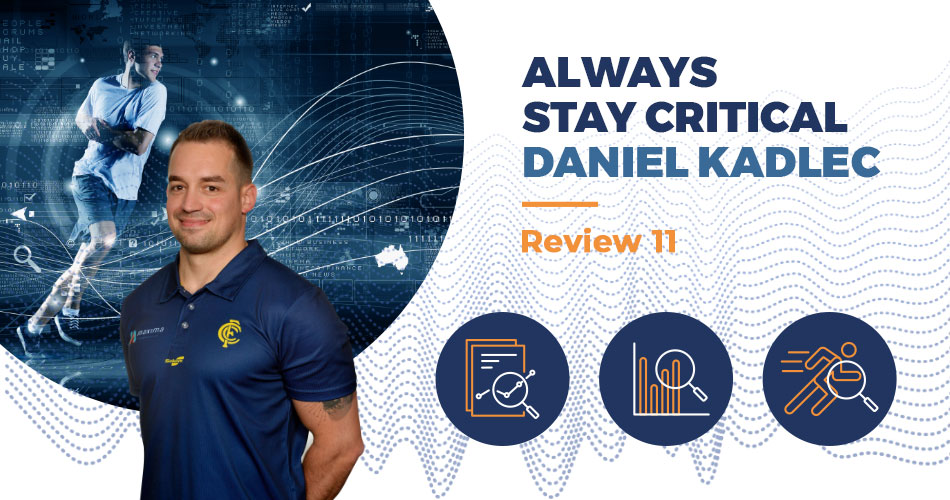

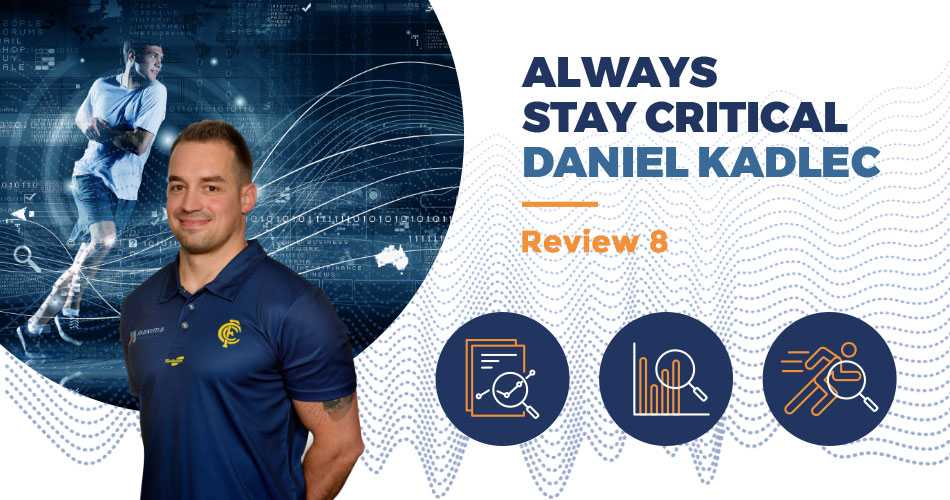
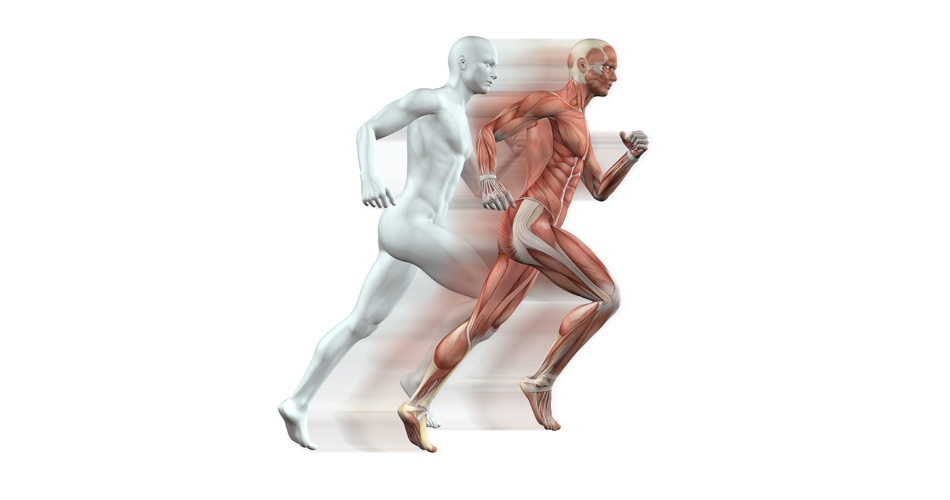
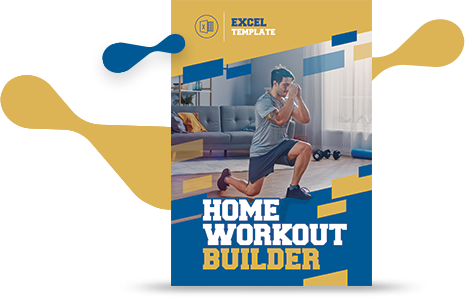




Responses